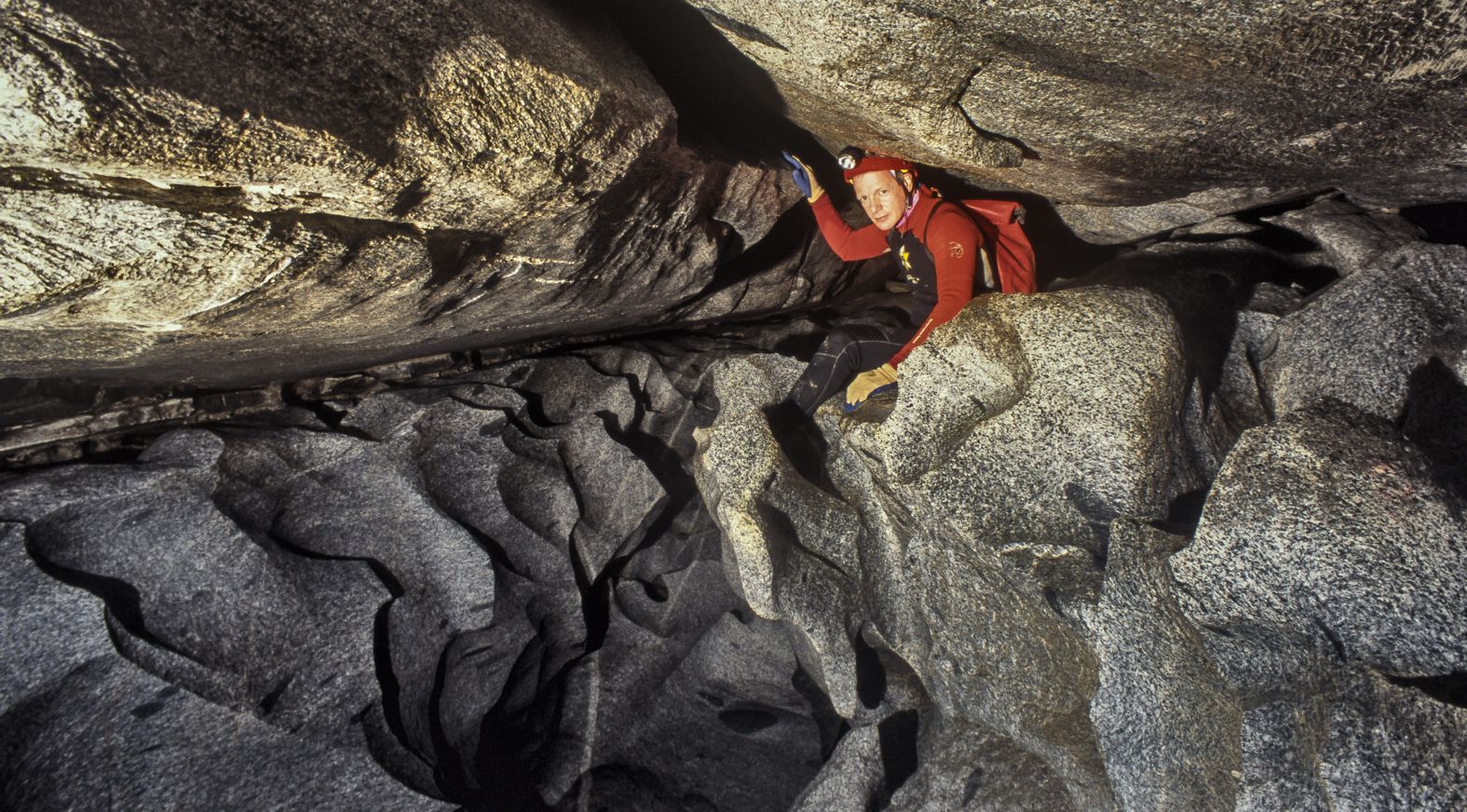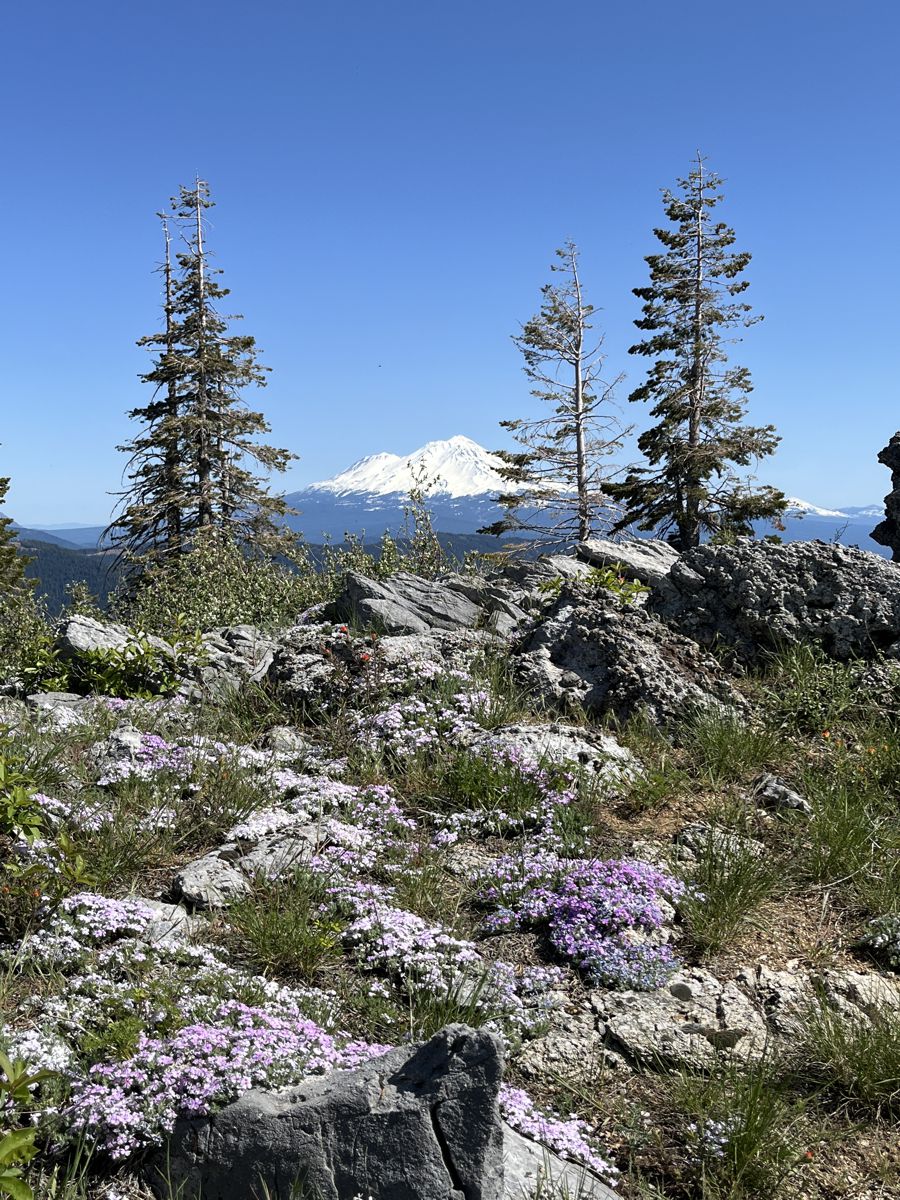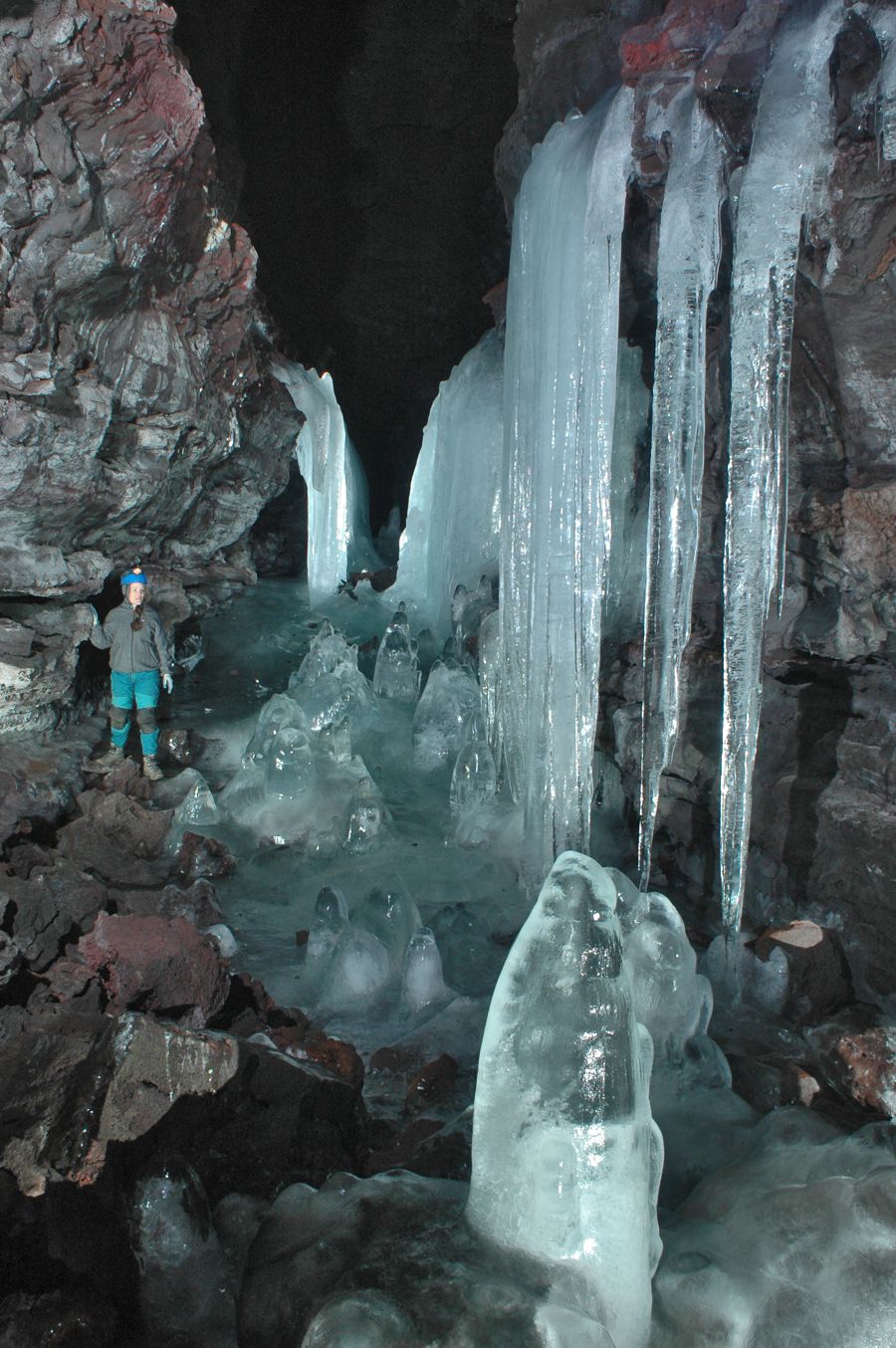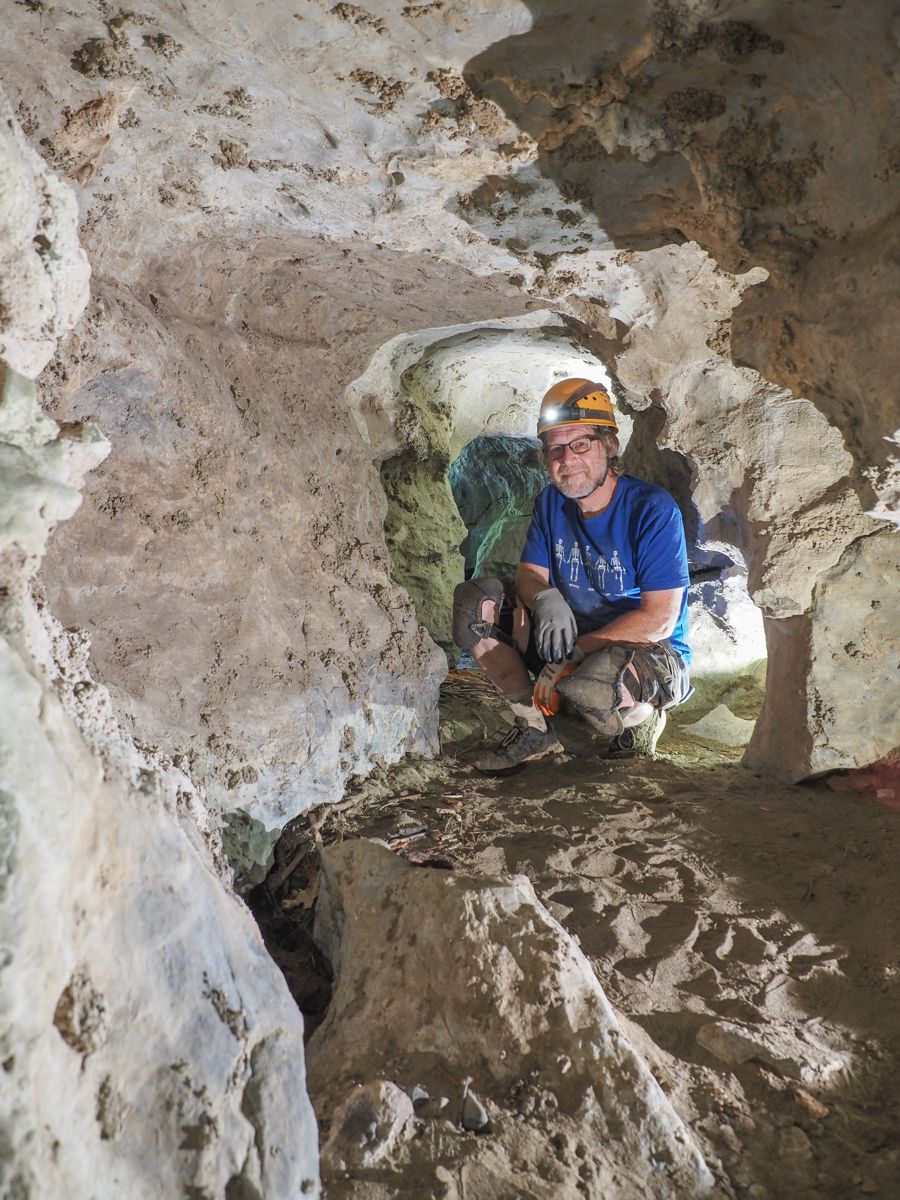
The California Cave Survey
is not-for-profit, public-benefit corporation chartered in the state of California. The CCS works to store and archive cave related information, particularly data that are valuable to cave science, conservation, management and protection. The CCS acts as a clearinghouse for information on caves in the Golden State. Examples of the material the CCS stores includes cave maps, cave images and photos, cave data sets and the inventories of cave features such as minerals or animals.
Why a Cave Survey?
Much of the information that the CCS stores has been privately held and is not available in university or public libraries or archives. Caves contains many important features like ground water aquifers, rare animals, archaeological sites, the remains of ancient animals and rare and beautiful minerals. California’s caves are particularly rich in these cultural and natural resources. Caves are also a key location for recreational activities and important cultural practices for many Californians. Most of the material that the organization holds is readily available to the public. But sensitive information, such as most cave locations, is restricted.

The CCS is managed by a Board of Directors and key committees. Committees, such as Data Management and Data Security, do most of the work of the Survey. The Survey has no paid staff and a very low budget. There are many others states, such as Kentucky, Missouri and Georgia, that also have state cave surveys doing similar work to the CCS. See below for links to other state cave surveys.

